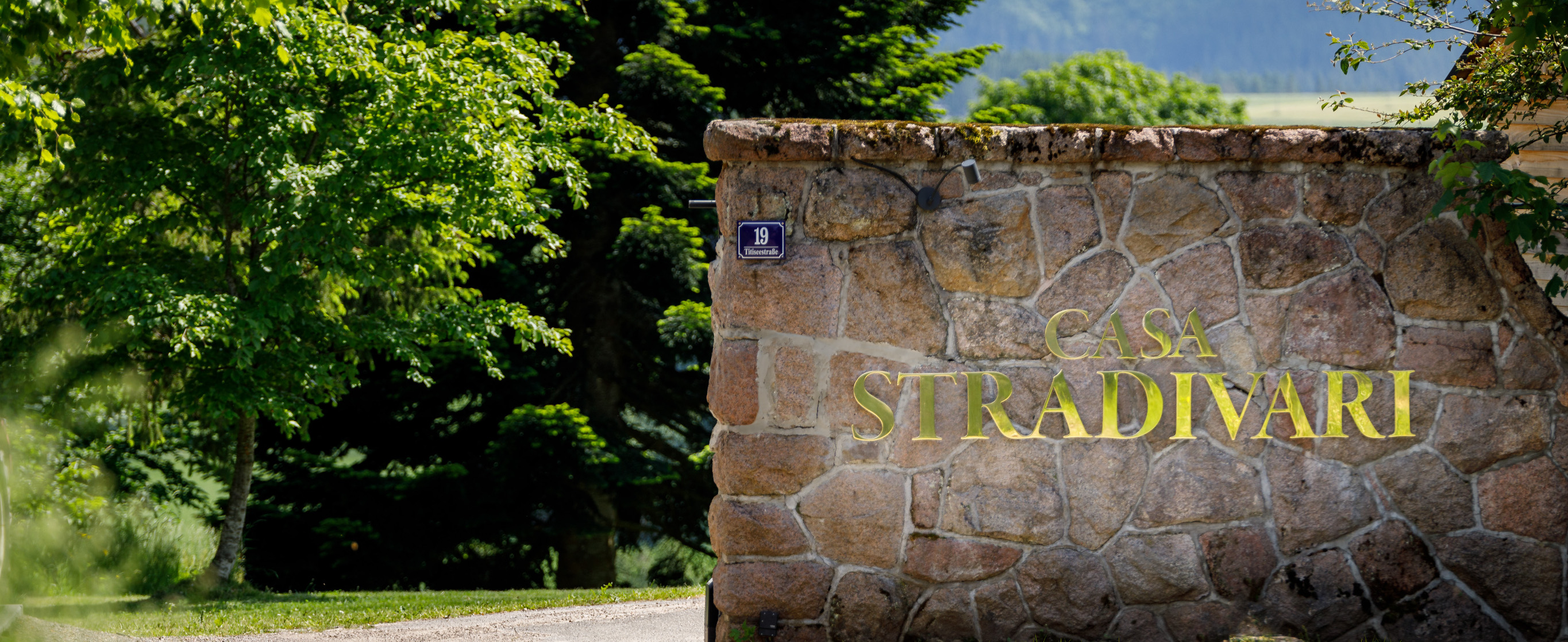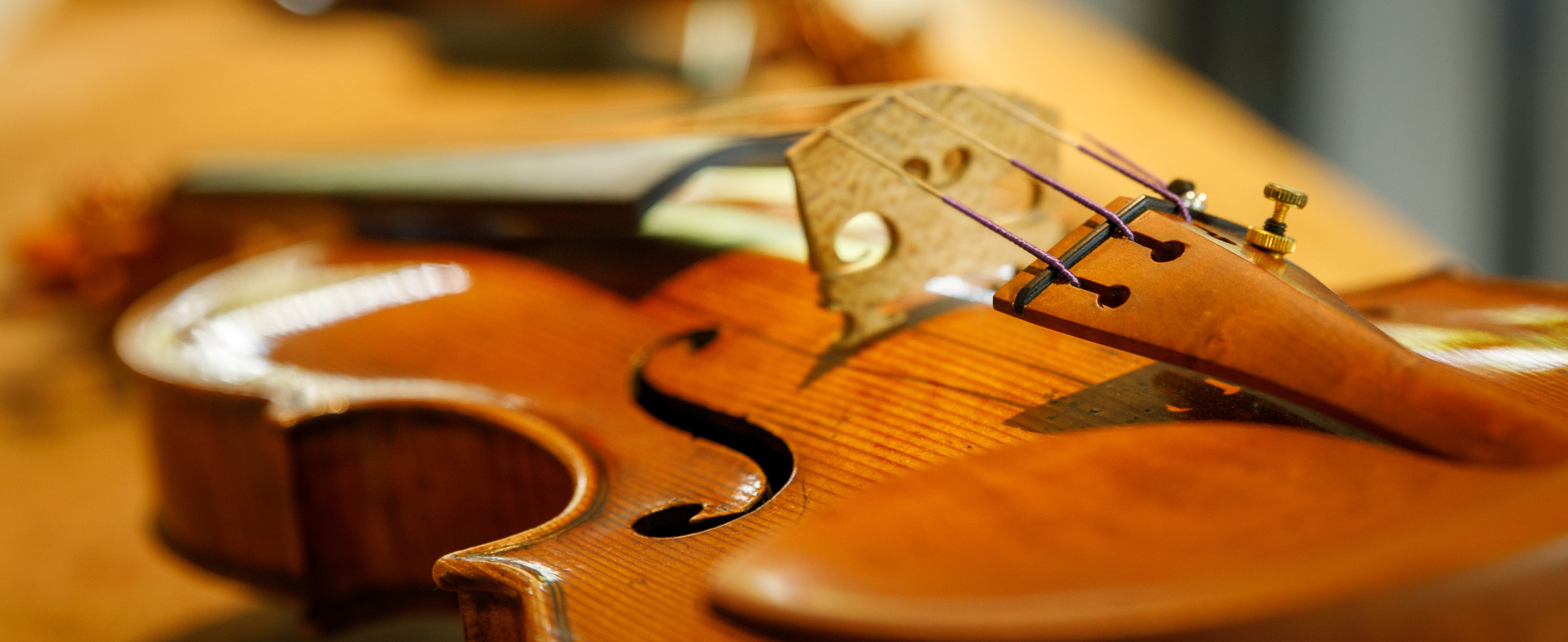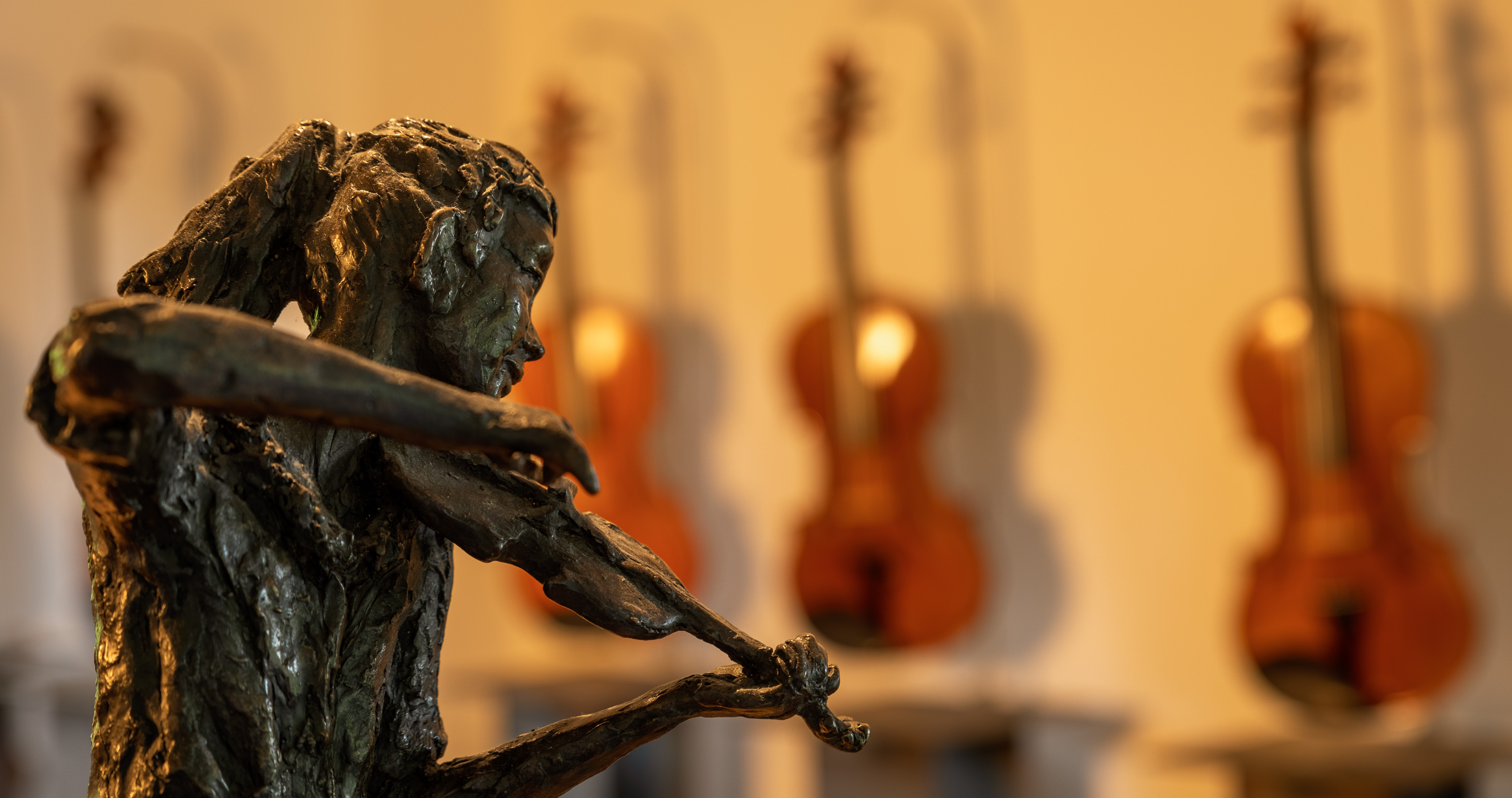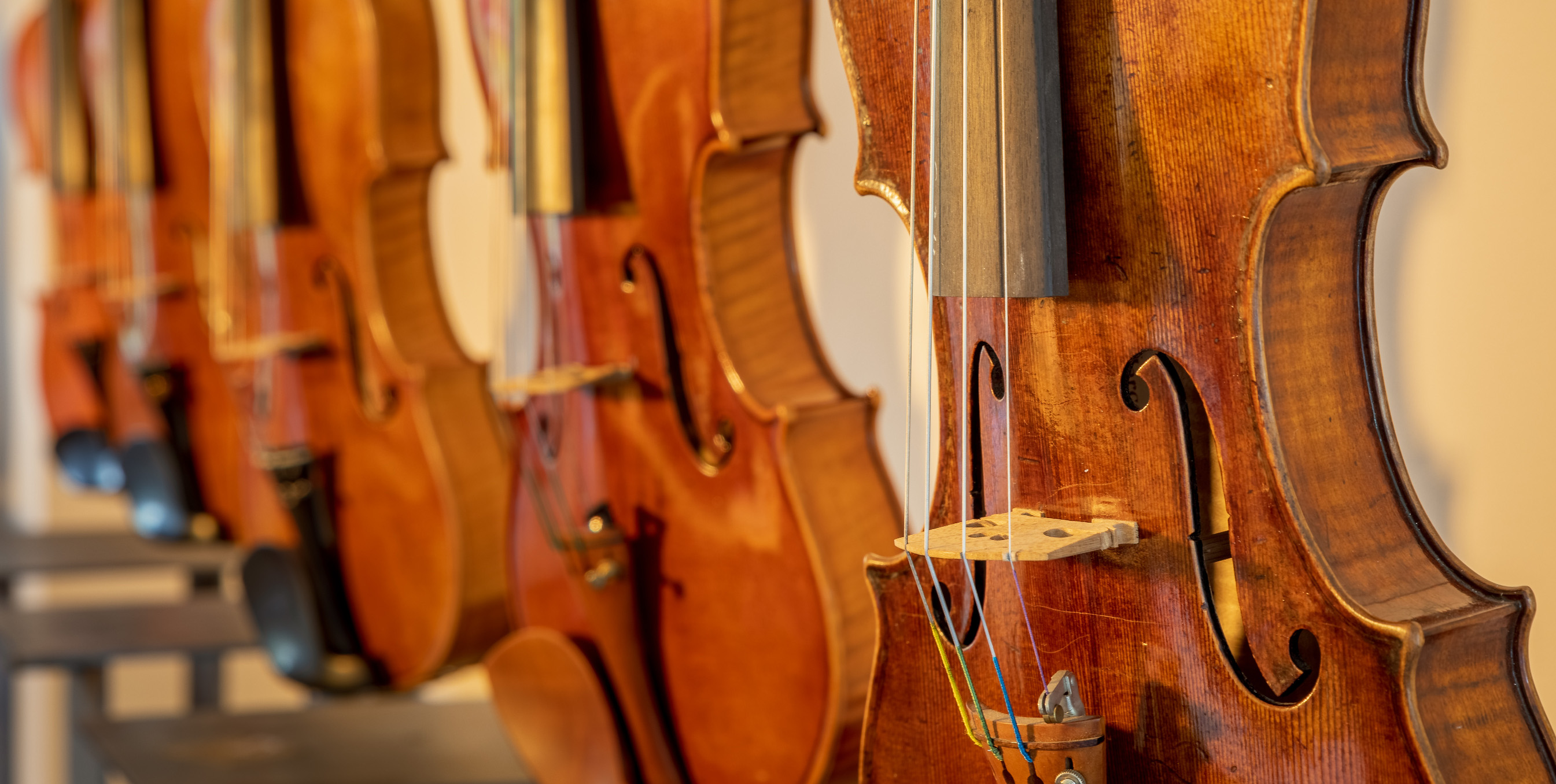Antonio Stradivari 1703 ca. VL Crown Prince Frederick William of Prussia, Rynberger
Horace Petherick (1839–1919), author of several books on the history and technique of violin-making, wrote: ‘The period 1700–15 or thereabouts, found Stradivari not only an acknowledged master of his craft but among his contemporaries recognised as the head. His business had been all along steadily flourishing, his patrons had been of high social position, some most illustrious, others actually royal.’ This is certainly the case for this violin, which has a most fascinating background in that it probably belonged to the Hohenzollern dynasty for more than two centuries. A feasible theory suggested by its current owner, is that the instrument was a gift from the Prussian Queen consort, Sophia Charlotte of Hanover, to her husband, Frederick I (1657–1713). The Prussian King was a patron of the arts and his court had the pleasure to host, among several scientists and artists, the Italian composers and musicians Arcangelo Corelli and Giovanni Battista Bononcini, who may have eventually served as liaisons between the Prussian court and Stradivari himself to get hold of the violin. Proof to support the theory that this violin had a relationship with the Prussian royal family is provided by a brand impressed into the back of the violin just beneath the end button, which depicts a crown and the initials ‘G. I. d. K. S.’ along with ‘n. 8’. An explanation of the initials was provided by Hans Diestel, who wrote below a series of pictures of the violin: ‘Eigentum der General-Intendantur der Königlichen Schauspiele zu Berlin.’ At the time, the instrument still belonged to the Hohenzollern family and was kept in Charlottenburg, the castle commissioned by Sophia Charlotte of Hanover, in Berlin. In his certificate from 1953, the dealer Max Möller mentioned Diestel’s publication in relation to the mark.
Further Details
Antonio Stradivari Set 1, Volume 2, Page 216










